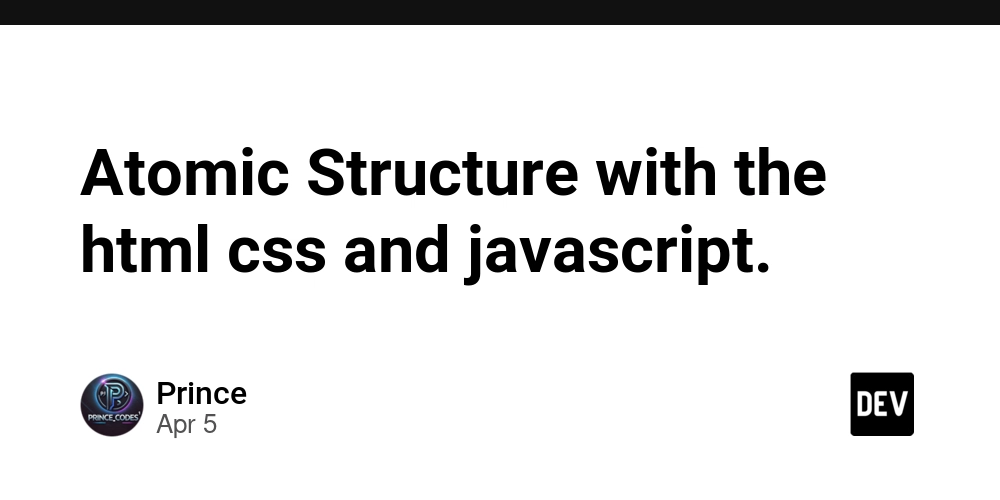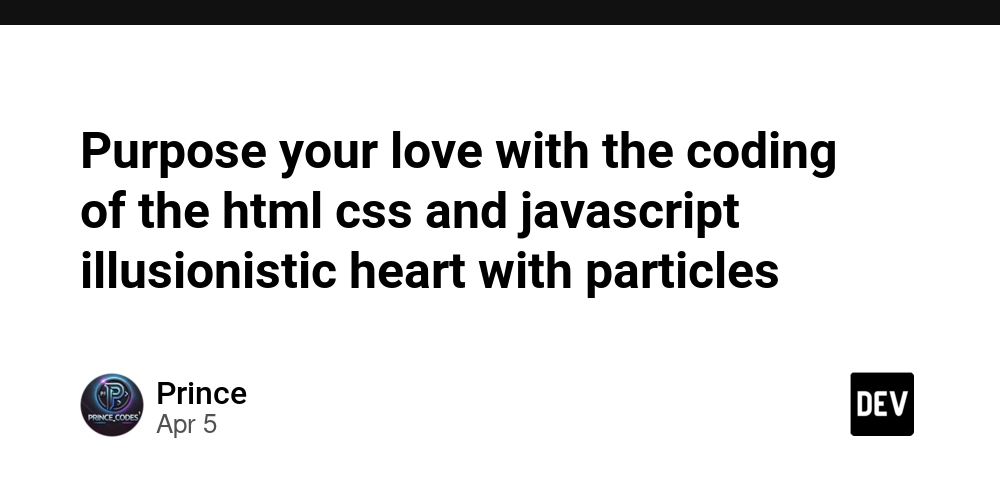Building Your AI Q&A Bot for Webpages Using Open Source AI Models
In today’s information-rich digital landscape, navigating extensive web content can be overwhelming. Whether you’re researching for a project, studying complex material, or trying to extract specific information from lengthy articles, the process can be time-consuming and inefficient. This is where an AI-powered Question-Answering (Q&A) bot becomes invaluable. This tutorial will guide you through building a […] The post Building Your AI Q&A Bot for Webpages Using Open Source AI Models appeared first on MarkTechPost.

In today’s information-rich digital landscape, navigating extensive web content can be overwhelming. Whether you’re researching for a project, studying complex material, or trying to extract specific information from lengthy articles, the process can be time-consuming and inefficient. This is where an AI-powered Question-Answering (Q&A) bot becomes invaluable.
This tutorial will guide you through building a practical AI Q&A system that can analyze webpage content and answer specific questions. Instead of relying on expensive API services, we’ll utilize open-source models from Hugging Face to create a solution that’s:
- Completely free to use
- Runs in Google Colab (no local setup required)
- Customizable to your specific needs
- Built on cutting-edge NLP technology
By the end of this tutorial, you’ll have a functional web Q&A system that can help you extract insights from online content more efficiently.
What We’ll Build
We’ll create a system that:
- Takes a URL as input
- Extracts and processes the webpage content
- Accepts natural language questions about the content
- Provides accurate, contextual answers based on the webpage
Prerequisites
- A Google account to access Google Colab
- Basic understanding of Python
- No prior machine learning knowledge required
Step 1: Setting Up the Environment
First, let’s create a new Google Colab notebook. Go to Google Colab and create a new notebook.
Let’s start by installing the necessary libraries:
# Install required packages
!pip install transformers torch beautifulsoup4 requestsThis installs:
- transformers: Hugging Face’s library for state-of-the-art NLP models
- torch: PyTorch deep learning framework
- beautifulsoup4: For parsing HTML and extracting web content
- requests: For making HTTP requests to webpages
Step 2: Import Libraries and Set Up Basic Functions
Now let’s import all the necessary libraries and define some helper functions:
import torch
from transformers import AutoModelForQuestionAnswering, AutoTokenizer
import requests
from bs4 import BeautifulSoup
import re
import textwrap# Check if GPU is available
device = torch.device('cuda' if torch.cuda.is_available() else 'cpu')
print(f"Using device: {device}")# Function to extract text from a webpage
def extract_text_from_url(url):
try:
headers = {
'User-Agent': 'Mozilla/5.0 (Windows NT 10.0; Win64; x64) AppleWebKit/537.36 (KHTML, like Gecko) Chrome/91.0.4472.124 Safari/537.36'
}
response = requests.get(url, headers=headers)
response.raise_for_status()
soup = BeautifulSoup(response.text, 'html.parser')
for script_or_style in soup(['script', 'style', 'header', 'footer', 'nav']):
script_or_style.decompose()
text = soup.get_text()
lines = (line.strip() for line in text.splitlines())
chunks = (phrase.strip() for line in lines for phrase in line.split(" "))
text = 'n'.join(chunk for chunk in chunks if chunk)
text = re.sub(r's+', ' ', text).strip()
return text
except Exception as e:
print(f"Error extracting text from URL: {e}")
return NoneThis code:
- Imports all necessary libraries
- Sets up our device (GPU if available, otherwise CPU)
- Creates a function to extract readable text content from a webpage URL
Step 3: Load the Question-Answering Model
Now let’s load a pre-trained question-answering model from Hugging Face:
# Load pre-trained model and tokenizer
model_name = "deepset/roberta-base-squad2"
print(f"Loading model: {model_name}")
tokenizer = AutoTokenizer.from_pretrained(model_name)
model = AutoModelForQuestionAnswering.from_pretrained(model_name).to(device)
print("Model loaded successfully!")We’re using deepset/roberta-base-squad2, which is:
- Based on RoBERTa architecture (a robustly optimized BERT approach)
- Fine-tuned on SQuAD 2.0 (Stanford Question Answering Dataset)
- A good balance between accuracy and speed for our task
Step 4: Implement the Question-Answering Function
Now, let’s implement the core functionality – the ability to answer questions based on the extracted webpage content:
def answer_question(question, context, max_length=512):
max_chunk_size = max_length - len(tokenizer.encode(question)) - 5
all_answers = []
for i in range(0, len(context), max_chunk_size):
chunk = context[i:i + max_chunk_size]
inputs = tokenizer(
question,
chunk,
add_special_tokens=True,
return_tensors="pt",
max_length=max_length,
truncation=True
).to(device)
with torch.no_grad():
outputs = model(**inputs)
answer_start = torch.argmax(outputs.start_logits)
answer_end = torch.argmax(outputs.end_logits)
start_score = outputs.start_logits[0][answer_start].item()
end_score = outputs.end_logits[0][answer_end].item()
score = start_score + end_score
input_ids = inputs.input_ids.tolist()[0]
tokens = tokenizer.convert_ids_to_tokens(input_ids)
answer = tokenizer.convert_tokens_to_string(tokens[answer_start:answer_end+1])
answer = answer.replace("[CLS]", "").replace("[SEP]", "").strip()
if answer and len(answer) > 2:
all_answers.append((answer, score))
if all_answers:
all_answers.sort(key=lambda x: x[1], reverse=True)
return all_answers[0][0]
else:
return "I couldn't find an answer in the provided content."This function:
- Takes a question and the webpage content as input
- Handles long content by processing it in chunks
- Uses the model to predict the answer span (start and end positions)
- Processes multiple chunks and returns the answer with the highest confidence score
Step 5: Testing and Examples
Let’s test our system with some examples. Here’s the complete code:
url = "https://en.wikipedia.org/wiki/Artificial_intelligence"
webpage_text = extract_text_from_url(url)
print("Sample of extracted text:")
print(webpage_text[:500] + "...")
questions = [
"When was the term artificial intelligence first used?",
"What are the main goals of AI research?",
"What ethical concerns are associated with AI?"
]
for question in questions:
print(f"nQuestion: {question}")
answer = answer_question(question, webpage_text)
print(f"Answer: {answer}")This will demonstrate how the system works with real examples.
Limitations and Future Improvements
Our current implementation has some limitations:
- It can struggle with very long webpages due to context length limitations
- The model may not understand complex or ambiguous questions
- It works best with factual content rather than opinions or subjective material
Future improvements could include:
- Implementing semantic search to better handle long documents
- Adding document summarization capabilities
- Supporting multiple languages
- Implementing memory of previous questions and answers
- Fine-tuning the model on specific domains (e.g., medical, legal, technical)
Conclusion
Now you’ve successfully built your AI-powered Q&A system for webpages using open-source models. This tool can help you:
- Extract specific information from lengthy articles
- Research more efficiently
- Get quick answers from complex documents
By utilizing Hugging Face’s powerful models and the flexibility of Google Colab, you’ve created a practical application that demonstrates the capabilities of modern NLP. Feel free to customize and extend this project to meet your specific needs.
Useful Resources
- Hugging Face Transformers Documentation
- More about Question Answering Models
- SQuAD Dataset Information
- BeautifulSoup Documentation
Here is the Colab Notebook. Also, don’t forget to follow us on Twitter and join our Telegram Channel and LinkedIn Group. Don’t Forget to join our 85k+ ML SubReddit.



![[FREE EBOOKS] The Kubernetes Bible, The Ultimate Linux Shell Scripting Guide & Four More Best Selling Titles](https://www.javacodegeeks.com/wp-content/uploads/2012/12/jcg-logo.jpg)



























































![[The AI Show Episode 141]: Road to AGI (and Beyond) #1 — The AI Timeline is Accelerating](https://www.marketingaiinstitute.com/hubfs/ep%20141.1.png)






